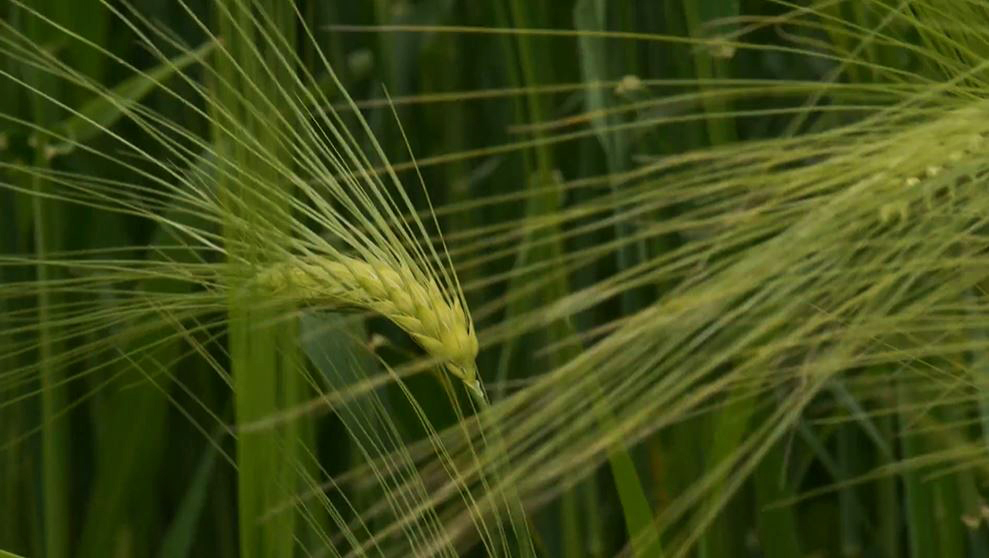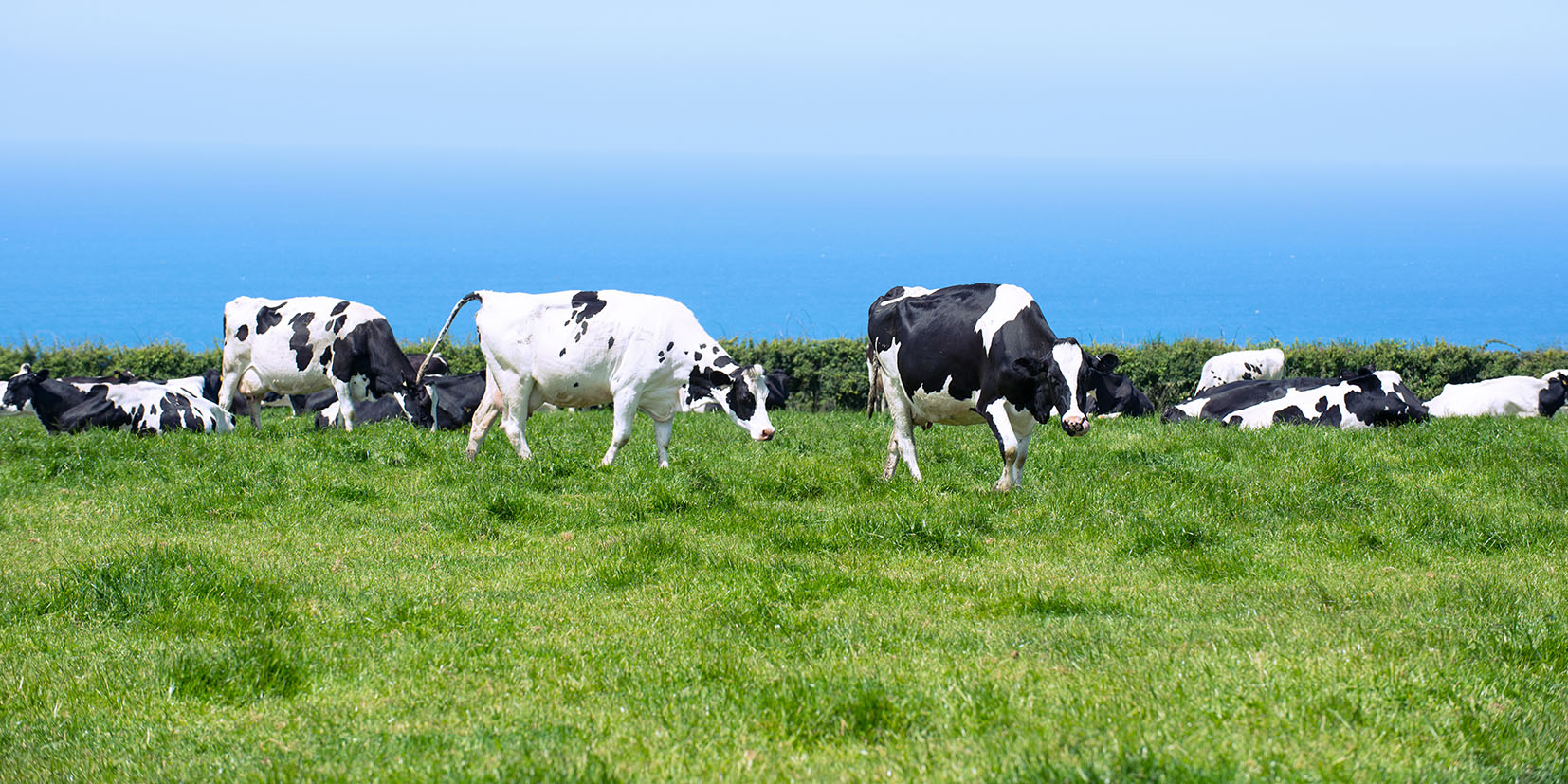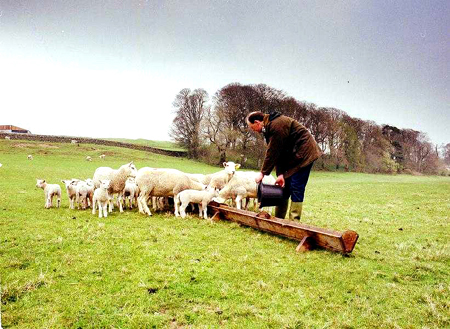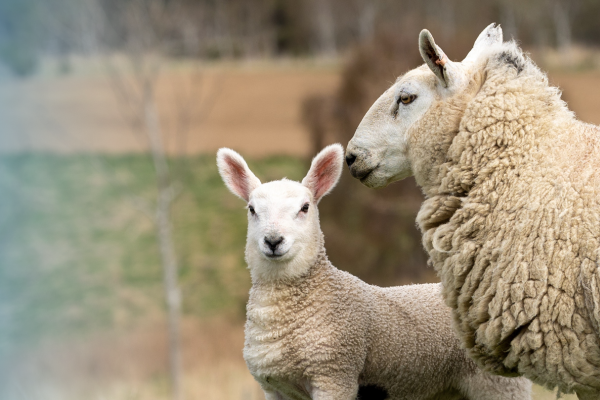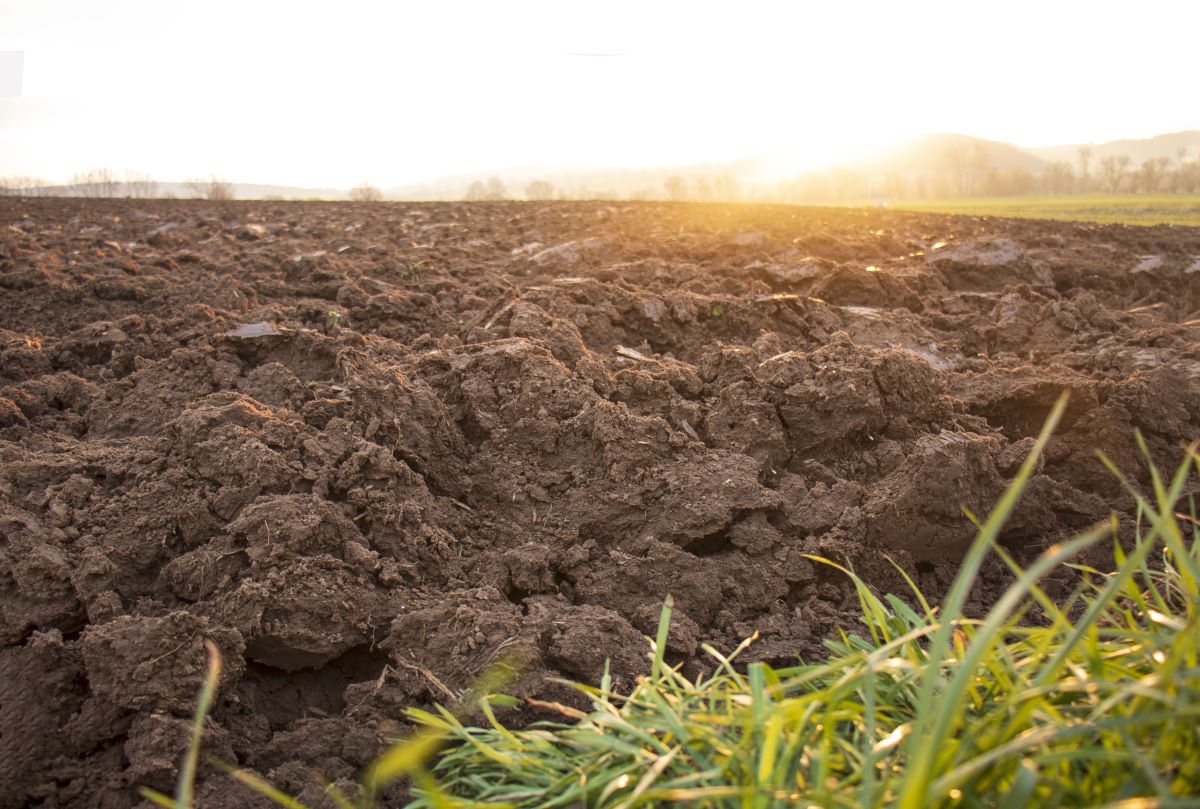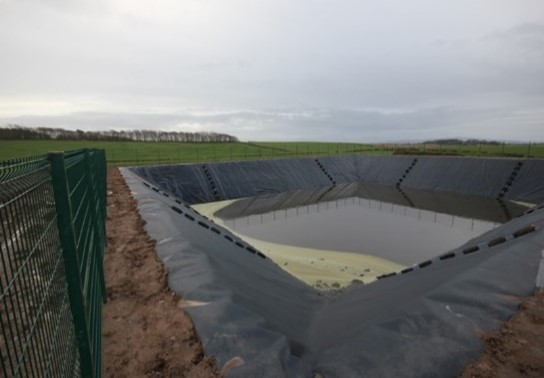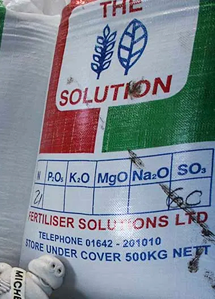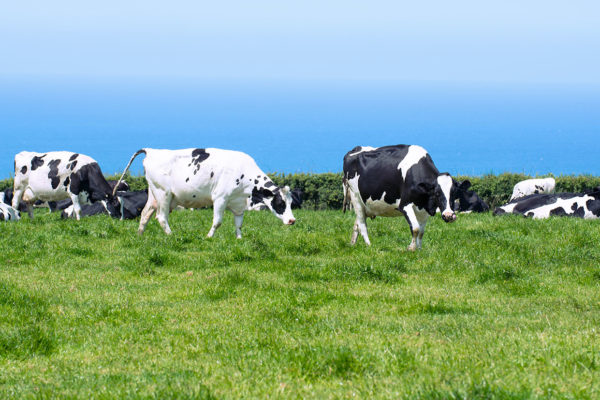Reducing Fertiliser Use and Improving Soil Health – A Case Study
28 June 2024Owned by the Birkbeck family and managed by farm manager James Marshall, Hoddom and Kinmount Estate, near Annan in Dumfries and Galloway farms approximately 2,035 hectares, which includes 714 hectares of woodland. Charlesfield is the main farming unit which is farmed along with six other land blocks.
Over the past year the business has started to make some management changes with an aim of improving its efficiency. During this project it is James’s hope that the benefits of these changes can be quantified, and additional actions identified that will help to further improve the business’s efficiency and reduce its carbon footprint.
Key outcomes from these changes include:
- Reducing purchased feed and fertiliser
- Reduced fuel and machinery costs
- Improved soil structure
- Reduced pressure on crops

About the Farm
Crops
The business has approximately 405 hectares of arable land that is used to grow winter wheat, winter barley, undersown spring barley, spring beans, spring triticale, hybrid rye, maize under plastic and forage brassicas. The spring crops, rye and maize are taken as wholecrop. Approximately 840 hectares are grassland, of which about 540 hectares are used for cattle and sheep grazing and 300 hectares are used for silage production. The business also grows miscanthus and short rotation willow. Crops not utilised by the livestock are sold.
Winter wheat and surplus winter barley grain is sold to local feed merchants. Silage is either utilised by the business’ own livestock, is sold to an AD plant (partner business owned by the Birkbeck’s) or is sold to neighbouring dairy farms as standing crops of grass. Approximately 44 hectares of silage is red clover / high sugar tetraploid grasses or red clover / Italian ryegrass swards. Three cuts of silage are normally taken annually. New silage leys are established by undersowing the spring barley. Surplus wholecrop spring beans are sold to neighbouring dairy farms and wholecrop rye and maize is sold to the AD plant.
Livestock
Across three of the land blocks the business currently runs around 140 spring calving suckler cows and 1,050 ewes. The suckler cows are 80% Aberdeen Angus and 20% Shorthorn, heifers not retained for breeding and steers are sold finished around 20 months of age. Cows are fed a ration of silage, hay, and minerals; finishing cattle are fed a ration of wholecrop barley, wholecrop beans and crimped barley, silage is added to the ration for growing cattle. The business has a tight calving period, managed by ensuring that the bulls only run with the heifers for six weeks and the cows for nine weeks. Heifers are also managed to ensure they reach a suitable weight for bulling, so they calve at two years of age.
This year, the business started an integrated beef system, buying five-month-old dairy / beef bred calves, aiming to sell them finished at 20 months. The business also Bed and Breakfast around 130 head of cattle for other businesses.
The ewe flock are mule and homebred Texel crosses, lambing takes place in April. Lambs not retained for breeding are sold finished from early July onwards; replacement tups are purchased. The ewes are mob grazed in groups of five. The ewes graze the forage brassicas; lambs are finished on red clover.
Approximately 2,000 hoggs and feeding ewes are also wintered on the grassland and forage brassicas.

Management Changes
Over the past year the business has started to make some management changes with an aim of improving its efficiency. Some of the changes are as follows.
Mitigation Action
- Reducing purchased feed use through increased homegrown protein
- Reducing purchased fertiliser use by growing legumes
Spring beans were grown for the first-time in 2023, adding a homegrown source of protein into the cattle’s diet. This year a field of beans had no potash applied at time of establishment, only FYM was applied, reducing the need for bagged fertiliser inputs. This will be quantified by a reduction in the kgs of fertiliser applied.
Mitigation Action
- Reducing fuel and machinery use with direct drilling
- Protecting soil carbon and soil structure by minimising soil disturbance
A field of winter wheat grown after beans was direct drilled opposed to being ploughed. It was noted that there was both a fuel and time saving by direct drilling which will be quantified by a reduction in litres used per hectare and hours saved.
Mitigation Action
- Reducing purchased Nitrogen use through inclusion of legumes in swards
- Reducing purchased feed use through increased homegrown protein
The two fields of red clover / high sugar grasses were established for the first time in the autumn of 2023. A first cut was taken during the third week of May, a further two cuts will be taken. Some of the silage will be fed to the cattle over the winter. Due to it having a higher crude protein that grass only silage it adds another source of homegrown protein into the cattle’s diet. No bagged nitrogen has been applied or will be applied to the red clover silage, reducing the need for purchased bagged fertiliser inputs.

Soil and Fertility
Good soil health and fertility is essential to optimise crop growth; soils also contain a wealth of biodiversity and due to their ability to store carbon, soils also play an important role in climate change mitigation.
Mitigation Action
- Improving soil structure to improve soil resilience, water filtration and nutrient cycling and promote soil biota
- Reducing pressure on plants from pests and disease with a longer crop rotation and break crops
The business is aware of the importance of the roles that soils have so adopt a crop rotation that ensures that fields are not cropped any longer than five years before being returned to grassland. With beans now forming part of the crop rotation, improvements in soil structure are expected to be evident and will be measured by carrying out a Visual Evaluation of Soil Structure (VESS)
Mitigation Action
- Reducing use of purchased fertiliser with use of organic manures
- Improving soil organic matter levels with applications of organic manures
Digestate from the partner company’s AD plant is applied to the silage ground and muck-for-straw deals are carried out by other neighbouring livestock businesses, thereby optimising the amount of organic manure applied helping to ensure the soils have good organic matter content.
Gillian Reid, SAC Consulting
Related Resources
Sign up to the FAS newsletter
Receive updates on news, events and publications from Scotland’s Farm Advisory Service

